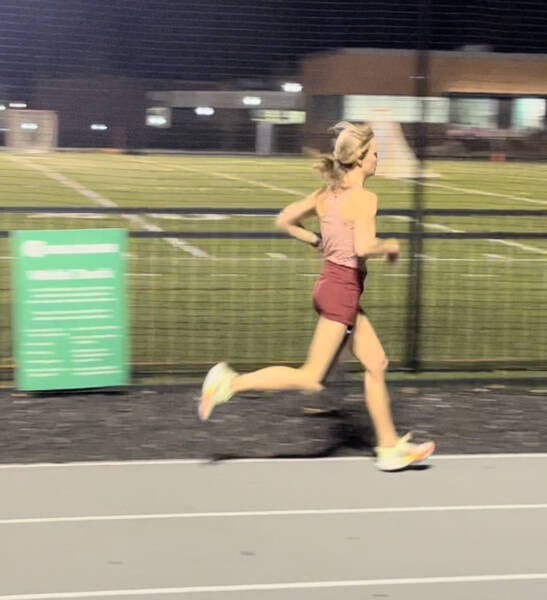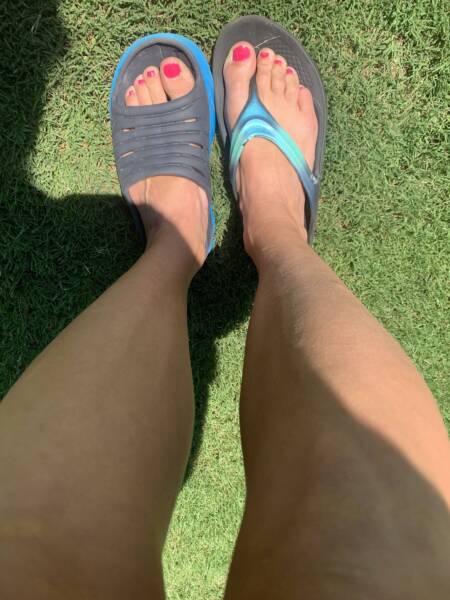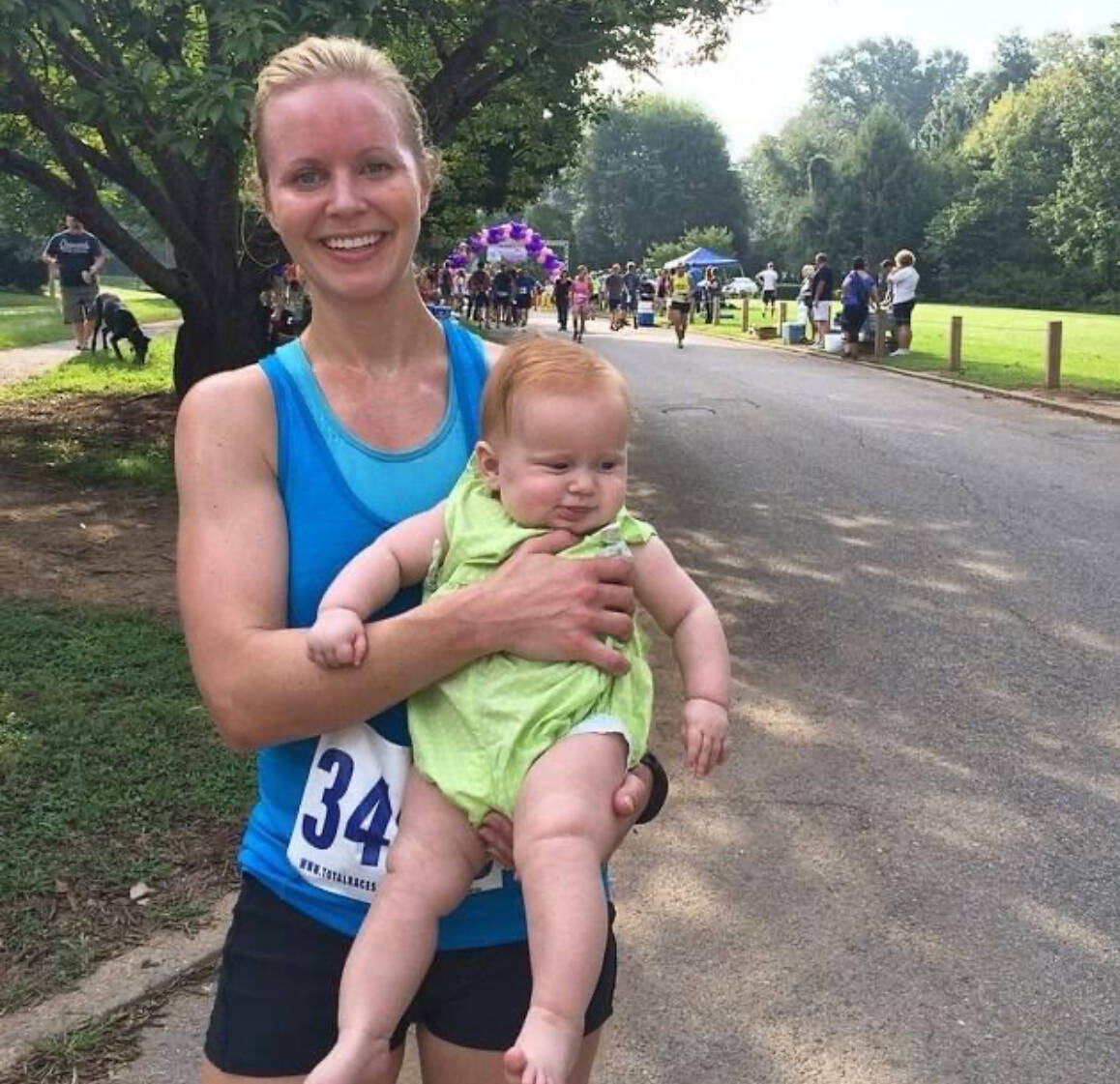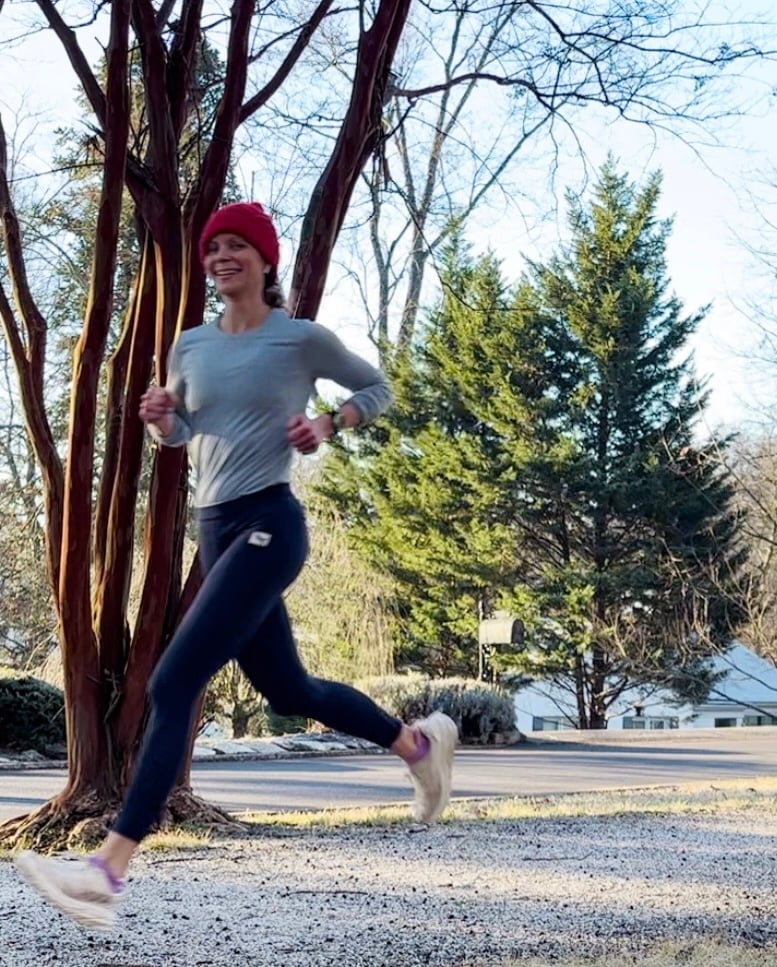Running on Tired Legs: Cumulative Fatigue Explained
Cumulative fatigue in running (or accumulated fatigue) is tiredness that slowly builds throughout a long-distance running training cycle. The goal of cumulative fatigue prepares a runner’s body and mind for running a marathon, or long-distance running event. With cumulative fatigue, you can still perform workouts and daily tasks. Learn how to use cumulative fatigue in your training to boost performance.

As I wrote this article, I was in the last few weeks of my marathon training cycle for the California International Marathon. And I must tell you, I had been running on tired legs as a result of cumulative fatigue. My easy run pace slowed by almost a minute. In these past few weeks, my legs did not felt “fresh or springy.” They felt like they’d already run many miles before I even began my run. I call these dead legs.
Table of contents
If this were my first marathon cycle, I might have been freaking out about how much slower my easy pace was and how tired and heavy my legs felt when I ran. But since this wasn’t my first rodeo, I knew that running on tired legs during a marathon cycle is common–and a good thing. How on earth can running on tired legs which makes you run slower be a good thing? Because it is the result of something called cumulative fatigue or accumulated fatigue and it prepares your body and mind for running 26.2 miles.
Cumulative fatigue (or accumulated fatigue) is tiredness that slowly builds throughout a marathon cycle after months of trianing. It is a term associated with the Hansons Marathon Method which defines it as “the accumulation of fatigue over days, weeks, and even months of consistent training.”
With cumulative fatigue, you are still able to perform your workouts, hit your paces and go the distance, but on the easy runs and recovery runs, your legs will feel heavy and your pace will likely be slower. It is an intentional part of marathon training to teach your mind and body to keep running on tired legs—because no matter how experienced a marathoner you are, your legs will be tired that last 10k!
Cutback weeks or down weeks where mileage is reduced by 20-30 percent every few weeks buffers a runner against injury. But over time, this lack of full recovery and existence of fatigue builds causing “cumulative fatigue” which feels like running on tired legs.’
How do I implement cumulative fatigue into my training?
Cumulative fatigue is a phenomenon that will occur naturally in a marathon training cycle. A marathon training plan that safely introduces cumulative fatigue training will include many of the following training qualities:
- A gradual increase of weekly mileage by about 10 percent
- A cutback week in mileage every 3-4 weeks with about a 20 reduction in mileage
- Hard workout days surrounded by light days, active recovery, or rest days. A running plan should NEVER have consecutive hard days.
- A shorter run day preceded or followed by a long run day or speed workout day
- A double day in which you run twice in one day (mostly for elite and sub-elite runners)
- Unless you are an elite runner, one total rest day per week
Benefits of Cumulative Fatigue in Running
The goal of cumulative fatigue prepares a runner’s body and mind for running the marathon. Your legs and your brain are learning to complete a run even when tired and don’t want to keep going. This callouses both the mind and body to include benefits such as:
- Increasing fatigue resistance in legs so they can keep running even when they are tired
- Strengthening the mind to overcome doubts and negative self-talk that arises with pushing oneself in a race
- Allows you to continue to train and accrue physiological adaptations
- Strengthens the bones, soft tissues, and muscles to prevent injuries
- Can spur supercompensation during the marathon taper when the body rebuilds and legs feel springy for race day
Risks of Cumulative Fatigue in Running
Cumulative fatigue can easily cross over into overtraining which is BAD NEWS. With marathon training, you cannot expect your legs to feel fresh all the time. However, the main aim of a marathon training plan should not be to spur excessive fatigue. This is counterproductive.
Training will cause some accumulated fatigue, but it should never lead to burnout, declined performance in key workouts, and continued breakdown without adequate recovery. Therefore, you should not run on tired legs if you are feeling overall exhausted, cannot perform daily tasks, are not recovering in between runs and workouts, and are not able to hit workout paces or complete distances. These are signs of overtraining. If you think you may be overtraining, consider:
- Consider getting bloodwork done to ensure there are no deficiencies or imbalances
- scale back your running in volume and intensity (consider doing 1-2 weeks of just easy volume until things regulate)
- focus on eating and sleeping
- get a massage
- take relaxing walks
- do what you like to do to relieve stress
- and enjoy extra time with your family.
Other causes of cumulative fatigue (heavy legs in training):
If you have heavy legs while running and are not in your peak marathon cycle, you could be overtraining of you could have other variables negatively impacting your training such as:
- Iron deficiency. Low iron, which is common in female runners, can lead to low energy and make running feel hard. This is because iron is needed for red blood cells which carry oxygen in blood flow to your working muscles. I experienced this firsthand when I realized I had very low ferritin. Ensure you are getting enough iron-rich foods in your diet and consider taking an iron supplement if directed by your doctor.
- Strength training. If you are lifting heavy weights, especially on easy days when you should be recovering, your leg muscles are fatigued and your legs may feel heavy when running. Aim to do your weight training on harder run days to concentrate on stress and optimize rest.
- Sleep deprivation. If you aren’t getting enough sleep each night, you are hurting your recovery. Because your recovery (and fitness gains!) happen when you are sleeping not when you are hitting the pavement or track. Aim to get 7-9 hours of sleep a night!
- Not enough rest or recovery. If there is not enough time between hard workouts, you may not be recovering enough and need to space out your workouts. If you have only one easy day, recovery day, or rest day in between hard sessions, consider adding another easier day in between.
- Diet. If you aren’t getting enough nutrients, you may have a feeling of heavy legs when running. This is especially true for those who eat a low-carb diet. Carbs are your body’s main source of energy (especially for runners!) so make sure you are eating enough carbs! Also ensure you are getting enough protein especially after running for more than an hour. Aim for about 20 grams within an hour of running.
- Poor running form. If you are running with poor running form such as a slow turnover or hunched upper body, your legs may have a heavy feeling when running. Practice running tall with quick and light feet which are key for good form. If you are a beginner runner, it may be worth getting your running gait checked by a physical therapist or running coach.
- Wrong running shoes. It may be as easy as changing your running shoes to a lighter shoe to rid that heavy leg sensation. For example, I love how cushioned the Hoka Bondi shoes are, but they make my legs feels so heavy!
- Other medical conditions. If you didn’t check any of these boxes and have feeling of heaviness in your legs, it may be worth getting your blood levels checked and medical advice to ensure you don’t have any other medical conditions. Personally, hormone levels have affected how I have felt while running.
Key Takeaways on Cumulative Fatigue in Running:
Cumulative fatigue is the “accumulation of fatigue over days, weeks, and even months of consistent training.”
- It trains your body and mind to run on tired legs for the marathon.
- It’s most commonly felt in the later portion of a marathon cycle.
- Your legs may feel heavy and tired on easy runs. Your easy pace may slow.
- But you shouldn’t feel tired all the time or have it hurt workouts.
Remember, I am not a doctor so if you have health concerns, see your primary healthcare provider. I AM a running coach and can help you with your marathon training! Have you experienced cumulative fatigue in your marathon training?






